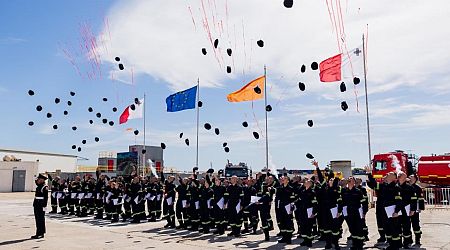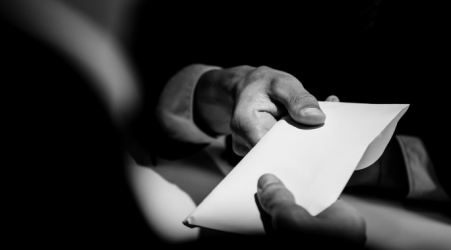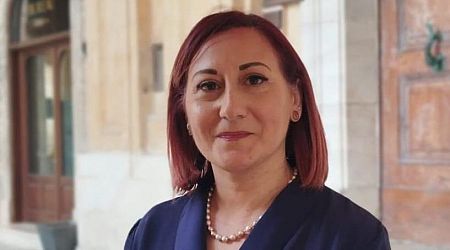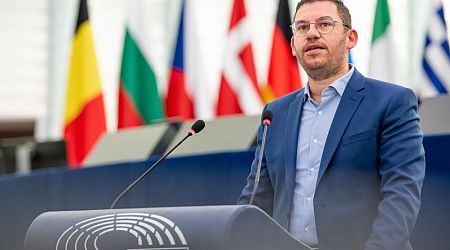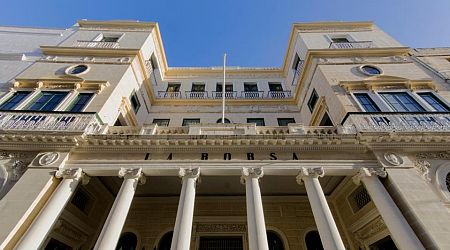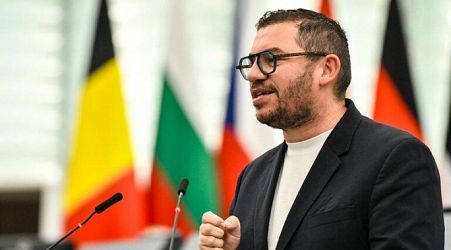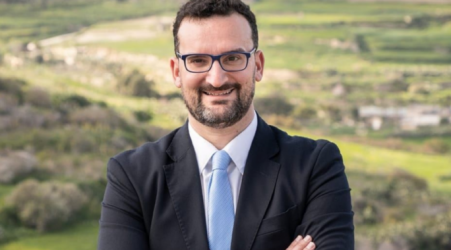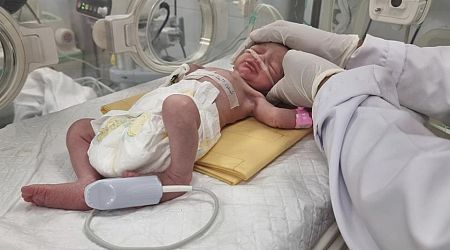The daily liturgical celebrations for Holy Week
The Archdiocese of Malta has issued detailed information regarding the liturgical celebrations for Holy Week on the Maltese...
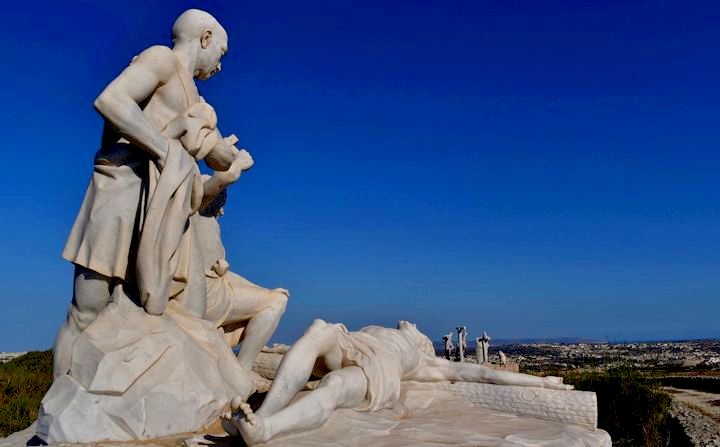
 The Archdiocese of Malta has issued detailed information regarding the liturgical celebrations for Holy Week on the Maltese Islands.
The Archdiocese of Malta has issued detailed information regarding the liturgical celebrations for Holy Week on the Maltese Islands.
Maundy Thursday: Chrism Mass
On Maundy Thursday morning, when the Easter Triduum has not yet begun, Chrism Mass is presided over by the bishop of the diocese in all Catholic dioceses. Other bishops, all the priests and deacons of the diocese participate in this Mass, as a manifestation of their communion as Jesus willed during the Last Supper (see John 17).
In the Archdiocese of Malta, the Chrism Mass takes place at St John’s Co-Cathedral. After the homily, the Archbishop and the priests renew the promises they made on the day of their ordination, committing anew to their communion with their bishop and with the Universal Church. After the renewal of priestly promises, the oils which will be used during the administration of the sacraments and other rites of the Church during the year, up to the next Maundy Thursday, are to be blessed. The Holy Chrism is mixed with perfumed oils before it is consecrated.
The first oil to be blessed is the oil used to anoint the sick and moribund in the Sacrament of the Sick. Next is the Oil of Catechumens, which is used in the preparatory rites before Baptism, for both adults and infants. Lastly, Holy Chrism is consecrated, used for the consecration of individuals (in Baptism, Confirmation, and Ordinations), as well as for consecrating altars and churches to God.
The Easter Triduum
The Easter or Paschal Triduum are three days which, in the liturgical calendar of the Catholic Church, commonly refer to the three days of preparation for major feasts (such as the triduum for the titular feast). Yet, first and foremost, the triduum means the three holy days of Easter of the Resurrection of the Lord. This triduum, which in the liturgy is like one whole day, starts in the evening of Maundy Thursday, progresses through Good Friday and ends with the Easter Vigil before daybreak on Sunday.
Maundy Thursday: The Solemn Commemoration of the Lord’s Supper
The Easter Triduum begins after sunset on Maundy Thursday with the solemn commemoration of the Last Supper, when Jesus instituted the Sacrament of the Eucharist and the Sacrament of Holy Orders. These are the two sacraments founded on service and complete self-giving which, in Jesus’ own words, those who believe in him, in particular those who are entrusted with continuing his mission, are to live in remembrance of him. Traditionally, the main celebrant of the Mass washes the feet of some individuals representing all or part of the community as a sign of service.
After Holy Communion, the Blessed Sacrament (hosts consecrated during this Mass to be given during the Communion on the next day) is placed in a pyx and carried in a solemn procession to the altar of repose, historically referred to as the sepulchre. Here, the faithful gather during Thursday night and Friday morning to keep vigil and pray with the Lord and reflect on what he went through before his crucifixion and death. The Church encourages focused adoration over these two days, centring on what began in the cenacle, was fulfilled on Golgotha, and reached its climax in the Resurrection on Easter Sunday, rather than solely on the Eucharist.
Good Friday: The Solemn Commemoration of the Passion and Death of the Lord
The first reference we have regarding the Solemn Commemoration of the Passion and death of the Lord date back to the fourth century when a holy woman named Egeria went on a pilgrimage to the Holy Land and kept a memoir in the form of a diary which she sent to her relatives and friends. From these writings, it is evident that the veneration of the relic of the cross, upon which Jesus died, originated during that time. Today Nowadays, the Liturgy of the Lord’s Passion and Death takes place in the afternoon at around 3pm.
The liturgy, divided into three parts, is simple yet dramatic. The celebrant enters the church silently and in darkness, prostrating himself. The Liturgy of the Word commences immediately: the first excerpt is taken from the prophet Isaiah, followed by excerpts from Psalm 30, an excerpt from the Letter to the Hebrews, and the reading of the Passion according to St John. Following the homily, ten universal prayers for various categories of people are recited. The cross is then brought in and shown to the congregation, who kneel before it three times since the cross is the wood on which the Saviour of the World was crucified. All present then individually worship the cross.
An old tradition is for the priests or the celebrant to approach and adore the cross discalced, symbolising the holiness of the ground upon which it stood, echoing God’s encounter with Moses as recounted in the Book of Exodus.
On Good Friday, with great sadness, the Church denies itself the celebration of the Mass. In 1956, Pope Pius XII introduced Holy Communion during the Liturgical Action, utilising hosts consecrated during the Mass of the Lord’s Supper on Maundy Thursday. The Liturgy on Good Friday does not begin with the sign of the cross and does not end with the celebrant’s blessing.
Holy Saturday: Solemn Vigil of the Lord’s Resurrection from the Dead
The Easter Vigil, held in the evening after sunset on Saturday, is a unique liturgy, with the climax reached during consecration, as occurs in every Mass when the bread and the wine become the Body and Blood of the living Christ. Through our participation in the Sacred Vigil, the greatest night of the Liturgical Year and in the life of the Church, we proclaim to the world our Lord’s Resurrection.
During the Liturgy of Baptism, after the lit Paschal Candle is dipped in the water to bless it, not only are the catechumens baptised but all those present are sprinkled with Holy Water. We recall our Baptism and renew our commitment to be disciples of Christ and light of the world.
Together with the celebrations of Thursday evening and Good Friday, today’s celebration is the essence of the liturgical year because the Church relives the final stages of the history of salvation, not nostalgically or as a commemoration of what happened two thousand years ago, but because it is still happening here and now.
The liturgy begins outside the church with the blessing of the fire and the lighting of the Paschal candle, a symbol of Christ himself, after the cross, the alpha and the omega, and the numerals of the current year are etched on the candle.
The assembly enters the church in darkness following the deacon carrying the lit Paschal candle, who stops three times to chant ‘The Light of Christ’ (Lumen Christi) to which the congregation replies ‘Thanks be to God’. As the Paschal candle is taken to the altar, the candles of all present are lit from it and the ‘light of Christ’ glows in the darkness of the unlit church. After the proclamation of Easter, excerpts from Scriptures recounting the History of Salvation are read, the Gloria is sung, and the ‘Alleluia’ is solemnly sung, all of which lead gradually to the proclamation of the Gospel – this year from St Mark – that narrates Jesus’ resurrection.
The Liturgy of Baptism follows the homily. It begins with the Litany of the Saints, which shows the unity between the Church in this life with those who have already entered eternal life. The water of Baptism is blessed by combining the two natural elements of fire and water (blessed by the dipping of the lit Paschal candle), giving the life of God to those who are baptised with it.
Afterwards, the celebrant sprinkles the congregation with Holy Water in remembrance of their baptism, thereby concluding the Liturgy of Baptism.
Therefore, this Vigil consists of four parts:
i. Blessing of the fire, lighting of the Paschal Candle and the Proclamation of Easter
ii. Liturgy of the Word
iii. Liturgy of Baptism
iv. Liturgy of the Eucharist.
Easter Sunday: The Resurrection of the Lord from the Dead
On Easter Sunday, especially during the celebration of Mass, the Church celebrates the Resurrection of the Lord and the rebirth of Man to eternal life, in communion with all those who believe in the Resurrection.
Throughout the day, the Church lives the joys, tensions, and all the other emotions experienced by the disciples after the Resurrection of the Lord.
Related
Share this page
Guest Posts by Easy Branches


















